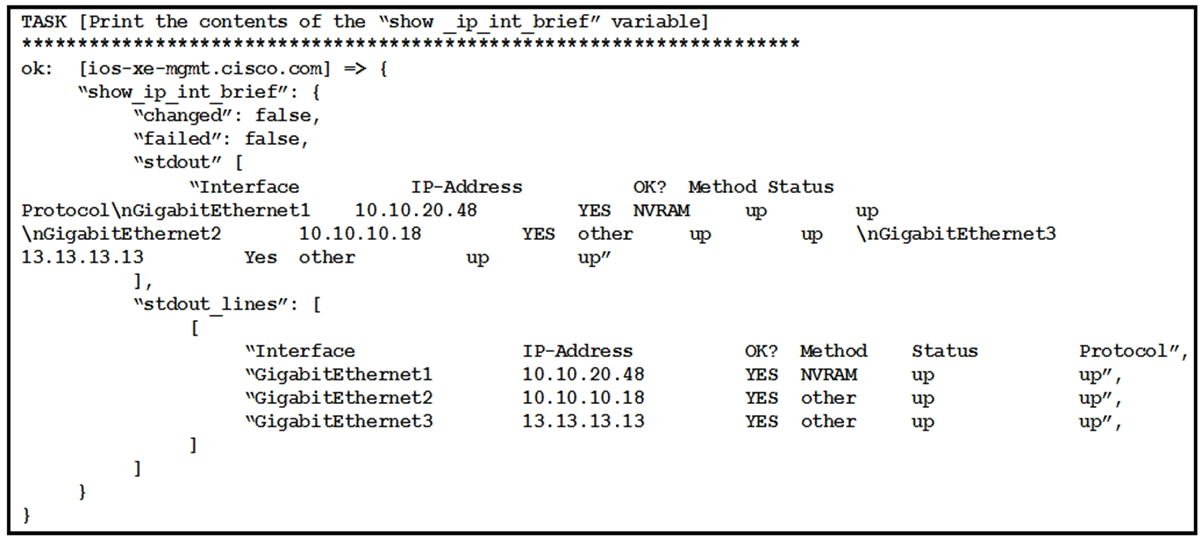At ValidExamDumps, we consistently monitor updates to the Cisco 300-910 exam questions by Cisco. Whenever our team identifies changes in the exam questions,exam objectives, exam focus areas or in exam requirements, We immediately update our exam questions for both PDF and online practice exams. This commitment ensures our customers always have access to the most current and accurate questions. By preparing with these actual questions, our customers can successfully pass the Cisco Implementing DevOps Solutions and Practices using Cisco Platforms exam on their first attempt without needing additional materials or study guides.
Other certification materials providers often include outdated or removed questions by Cisco in their Cisco 300-910 exam. These outdated questions lead to customers failing their Cisco Implementing DevOps Solutions and Practices using Cisco Platforms exam. In contrast, we ensure our questions bank includes only precise and up-to-date questions, guaranteeing their presence in your actual exam. Our main priority is your success in the Cisco 300-910 exam, not profiting from selling obsolete exam questions in PDF or Online Practice Test.
A team is developing an application for end users. The application will use microservices. For user access, dual-factor authentication will be used. Which type of test must be performed by the CI/CD tool to replicate user behavior and to verity that various user actions work as expected?
Refer to the exhibit.

The exhibit shows the output of an Ansible task that prints the contents of the
show_ip_int_brief variable that was registered in a different task in the playbook.
Which expression is used to print the output of the command without its header row?
---
show_ip_int_brief['stdout_lines'][0][1:]
---
stdout_lines - nested list,
[0], first element of above nested list (extract of all header + interfaces, coma separated for individual elements),
[1:] - 2nd, 3rd, 4th line of the above sub-list.
Which Docker command is used to start an interactive Bash shell in a running container named ''test''?
A new version of an application is being released by creating a separate instance of the application that is running the new code. Only a small portion of the user base will be directed to the new instance until that version has been proven stable. Which deployment strategy is this example of?